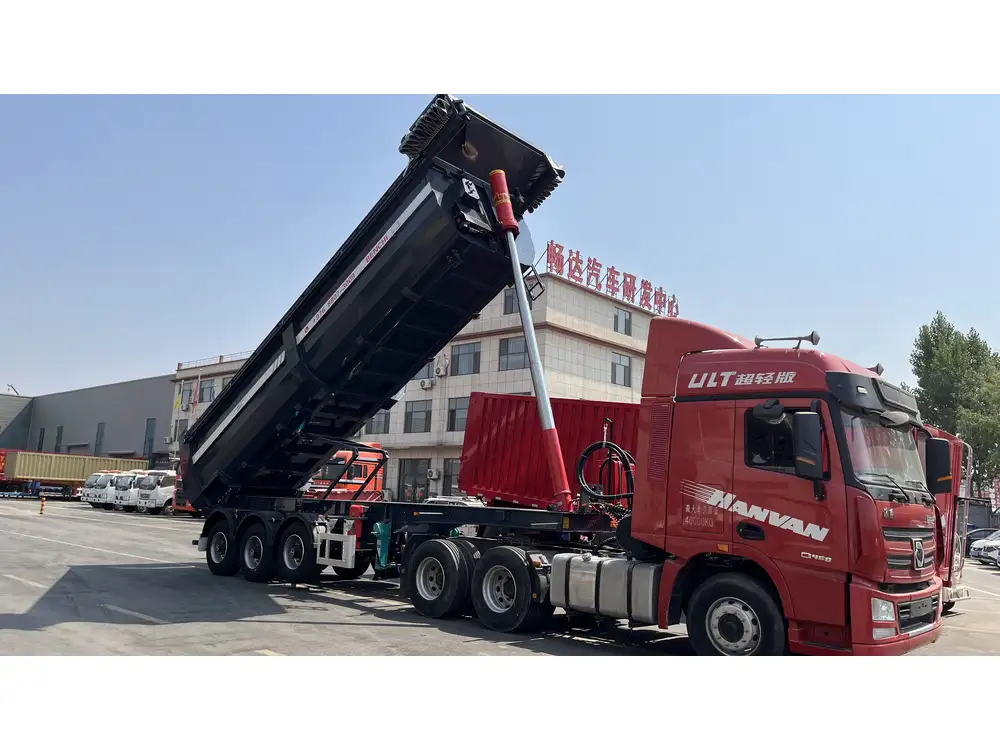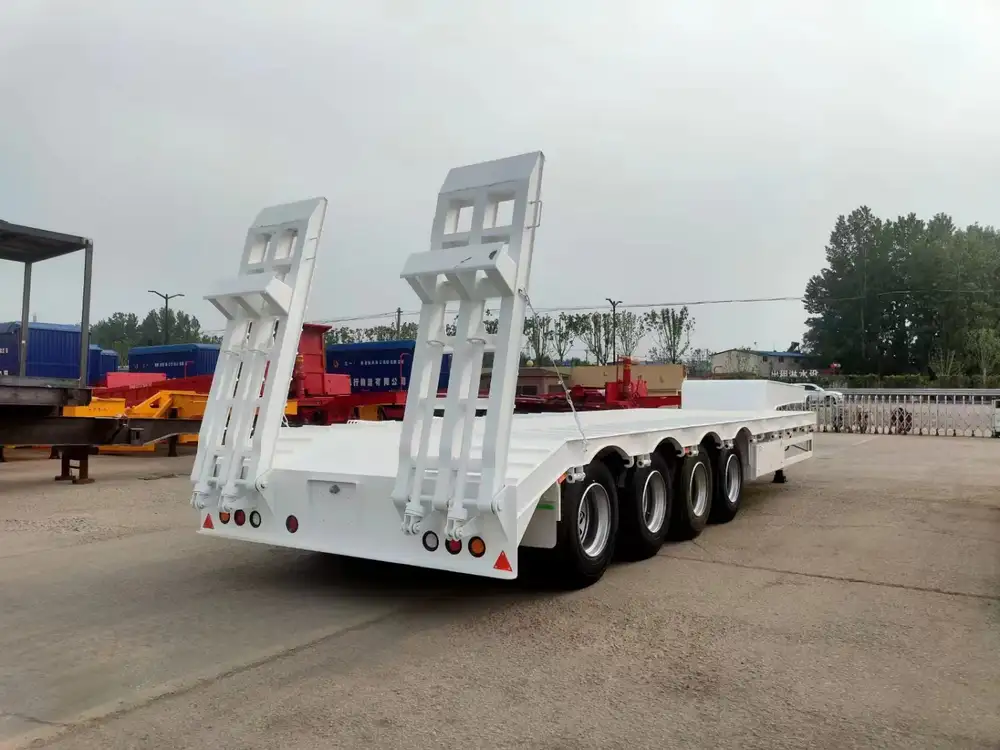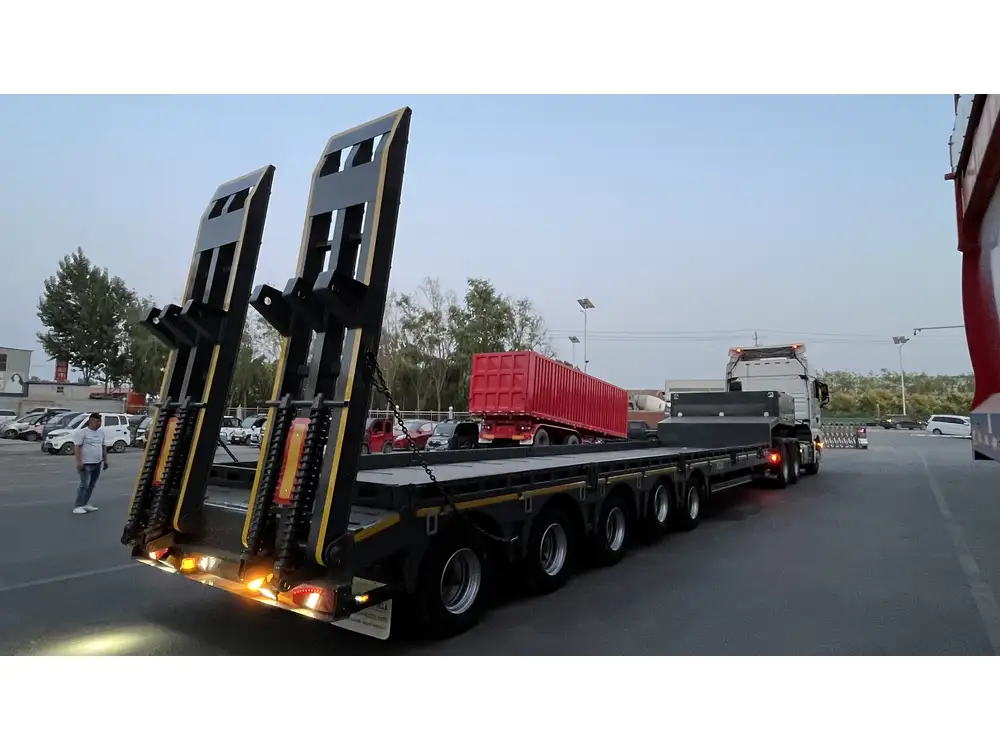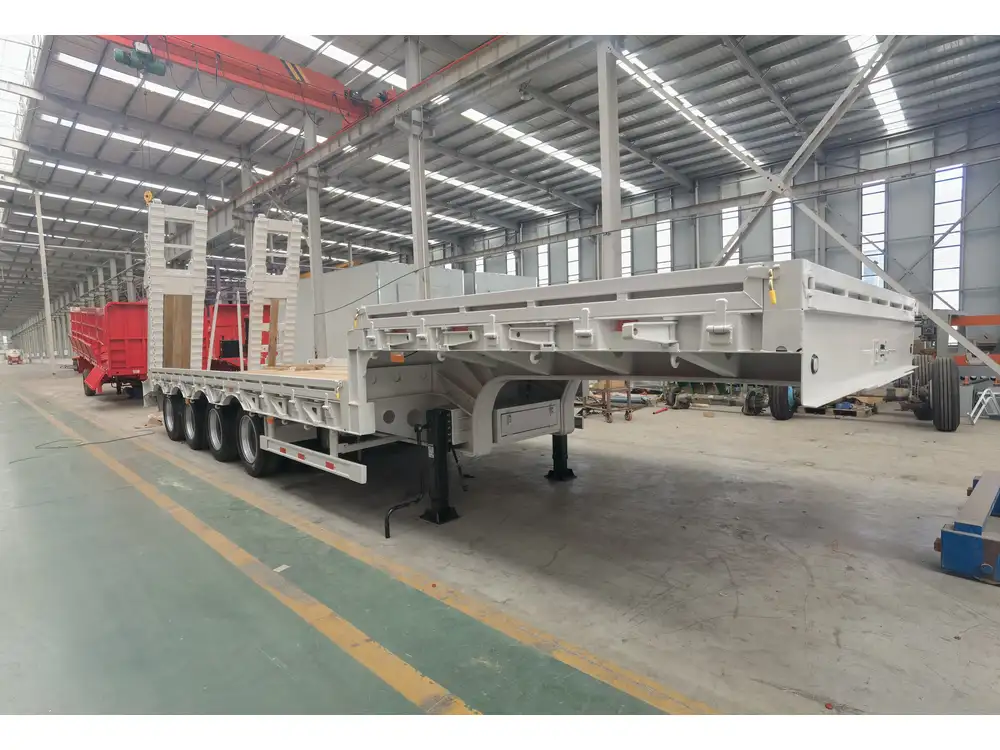In the ever-evolving world of transportation and logistics, optimizing fuel efficiency has become paramount. The costs associated with fuel consumption can significantly impact a company’s bottom line. Among the innovative solutions designed to address these issues is the implementation of semi-trailer skirting. This article aims to delve into the intricacies of semi-trailer skirting and its impact on fuel savings, while also addressing common concerns surrounding its use.
Understanding Semi-Trailer Skirting
What is Semi-Trailer Skirting?
Semi-trailer skirting consists of aerodynamic panels installed on the sides of trailers, extending down towards the ground. These panels serve to streamline airflow around the trailer, reducing drag and enhancing fuel efficiency.

Key Components of Skirting:
- Material: Typically made from lightweight polyethylene or aluminum, which resist damage and ensure longevity.
- Design: Configurations vary, with some skirting featuring integrated side extenders or flare elements that further aid in airflow management.
Aerodynamics and Fuel Efficiency
The concept of aerodynamics is critical when discussing fuel savings. Air resistance, or drag, substantially impacts a vehicle’s fuel consumption. A study by the Department of Energy indicated that up to 65% of a truck’s fuel consumption at highway speeds is due to overcoming aerodynamic drag.
Factors Influencing Aerodynamic Drag:
- Speed of travel
- Trailer design and shape
- Weather conditions
By effectively managing airflow, semi-trailer skirting effectively reduces drag, potentially leading to noteworthy fuel savings.

Analyzing the Fuel Efficiency Benefits of Semi-Trailer Skirting
Quantitative Impact on Fuel Savings
Numerous studies support the claim that semi-trailer skirting can lead to significant fuel savings. For instance, research consistently shows that implementing skirting on a standard 53-foot trailer can enhance fuel efficiency by 5% to 10%.
Case Studies of Skirt Implementation
| Case Study | Fuel Savings (%) | Distance Traveled (miles) | Fuel Cost Savings ($) |
|---|---|---|---|
| Company A (2022) | 8% | 100,000 | 15,000 |
| Company B (2023) | 6% | 80,000 | 12,000 |
| Company C (2023) | 10% | 120,000 | 18,000 |
These figures illustrate how skirting not only contributes to reducing operational costs but also enhances overall sustainability in the logistics sector.

User Experience and Operational Efficiency
Beyond numbers, the benefits of semi-trailer skirting extend to user experience and operational efficiency. Companies opting for skirting report smoother rides and reduced engine strain, which leads to less wear and tear on vehicle components. By improving aerodynamics, skirting helps ensure optimal performance, affecting maintenance costs positively.
Addressing Common Concerns Surrounding Semi-Trailer Skirting
Are There Downsides to Using Skirting?

Weight Considerations
One of the greatest hesitations among fleet managers is the additional weight that skirting may introduce. However, modern skirting options are designed to be lightweight and often made from composite materials, which negate excessive weight additions, thus preserving the intended freight capacity.
Maintenance Requirements
While skirting can be durable, it may require maintenance to ensure it remains free of damage or detachment. Implementing regular checks and setting up maintenance schedules can effectively mitigate these concerns.
The Diverse Applications of Skirting

Types of Freight and Suitable Applications
Skirting is especially beneficial for specific trucking applications where aerodynamics play a crucial role—think long-haul routes where fuel efficiency is paramount. Whether transporting consumer goods, construction materials, or perishables, the advantages extend across various freight types.
Environmental Considerations
Trucking companies are under increasing pressure to reduce their carbon footprint. By integrating skirting, fleets can lower their greenhouse gas emissions significantly, aligning with growing regulatory expectations and consumer preferences for environmentally-friendly practices.
The Economics of Fuel Savings vs. Initial Investment

Understanding the Return on Investment (ROI)
When considering the installation of semi-trailer skirting, a crucial factor is the ROI. The initial cost of skirting can range from $800 to $2,500 per trailer, depending on materials and installation complexity. However, the savings gained over time often justify these costs.
Break-Even Analysis
To give a more comprehensive overview:
- Average Fuel Price: $4.00/gallon
- Fuel Savings: 1,000 gallons annually (at 10%)
- Annual Cost Savings: $4,000
With these estimates in mind, fleets could recuperate their initial investment within 6 to 12 months, depending on fleet size and operational intensity.
Comparing Alternatives to Semi-Trailer Skirting

Other Aerodynamic Technologies
While skirting has shown promising results in improving fuel efficiency, it’s crucial to explore alternative technologies that complement its advantages.
| Technology | Potential Fuel Savings (%) | Pros | Cons |
|---|---|---|---|
| Trailer Tails | 5-15% | Easy to install, highly effective under highway speeds | May be affected by strong crosswinds |
| Roof Fairings | 5-10% | Helps manage airflow over the top of trailers | Installation complexity |
| Wheel Covers | 1-5% | Affordable, reduces turbulence around wheels | Limited effectiveness alone |
| Side Extenders | 3-7% | Increases length to reduce gap between truck and trailer | May require extra space |
Conclusion: The Clear Benefits of Semi-Trailer Skirting
The pursuit of fuel efficiency in the trucking industry necessitates a multi-faceted approach. Semi-trailer skirting undeniably emerges as a compelling solution that offers an impressive return on investment, environmental benefits, and operational advantages. As fuel prices continue to rise and sustainability becomes crucial, the adoption of such technologies is not merely advantageous; rather, it becomes a necessity for both economic and ecological reasons.
Final Thoughts
As we navigate the future of transportation, the integration of semi-trailer skirting should be seriously considered by fleet management professionals. The insights presented here facilitate informed decisions, ensuring that companies not only thrive economically but also contribute positively to their communities and the environment.
Whether you are a fleet manager, an owner-operator, or a logistics consultant, understanding and implementing such technologies marks a significant step towards a greener and economically viable future in the realm of transportation. Investing in semi-trailer skirting is more than a trend; it’s a commitment to enhancing efficiency and sustainability while achieving operational excellence.



